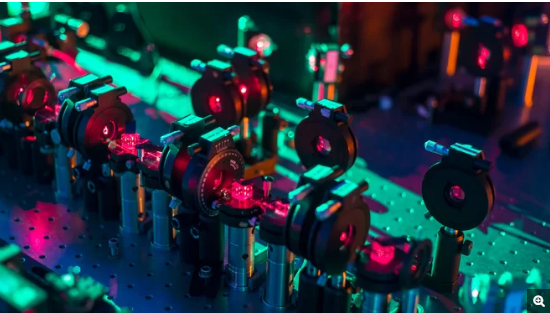It is a well-kept secret, but we know the answer to life, the universe and everything. It’s not 42 – it’s 1/137.
This immutable number determines how stars burn, how chemistry happens and even whether atoms exist at all. Physicist Richard Feynman, who knew a thing or two about it, called it “one of the greatest damn mysteries of physics: a magic number that comes to us with no understanding”.
Now its mystery is deepening. Controversial hints suggest this number might not be the universal constant we had assumed, instead varying subtly over time and space. If confirmed, that would have profound consequences for our understanding of physics, forcing us to reconsider basic assumptions about the structure of reality. While arguments about the true significance of the findings rage, experiments looking both deep into the cosmos and at the fine-grained structure of reality in the lab are now set to deliver a definitive verdict – perhaps.
The idea that constants of nature – things like the speed of light, strength of forces and the masses of various particles – might not be so constant has an illustrious history. In 1937, physicist Paul Dirac wrote to the journal Nature, questioning astronomer Arthur Eddington’s attempts to calculate the constants from scratch. How could we be sure they haven’t changed over cosmological time?
Read more HERE






































